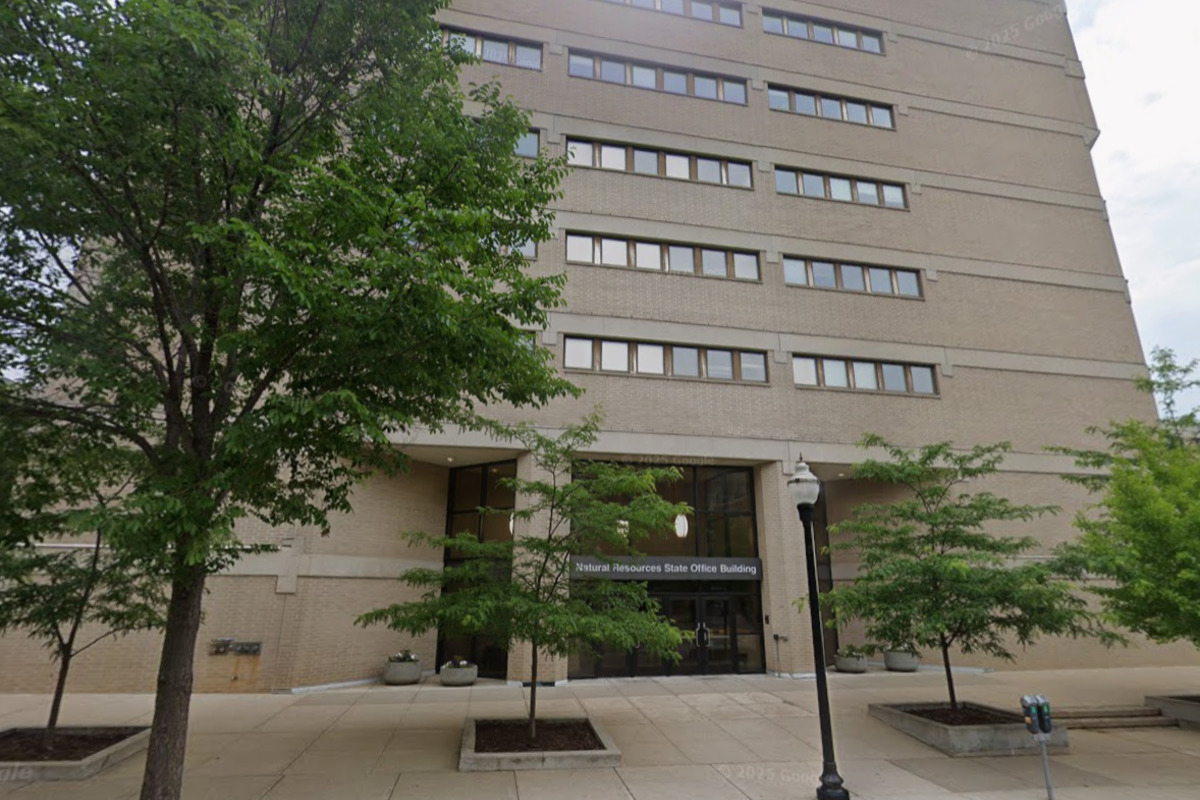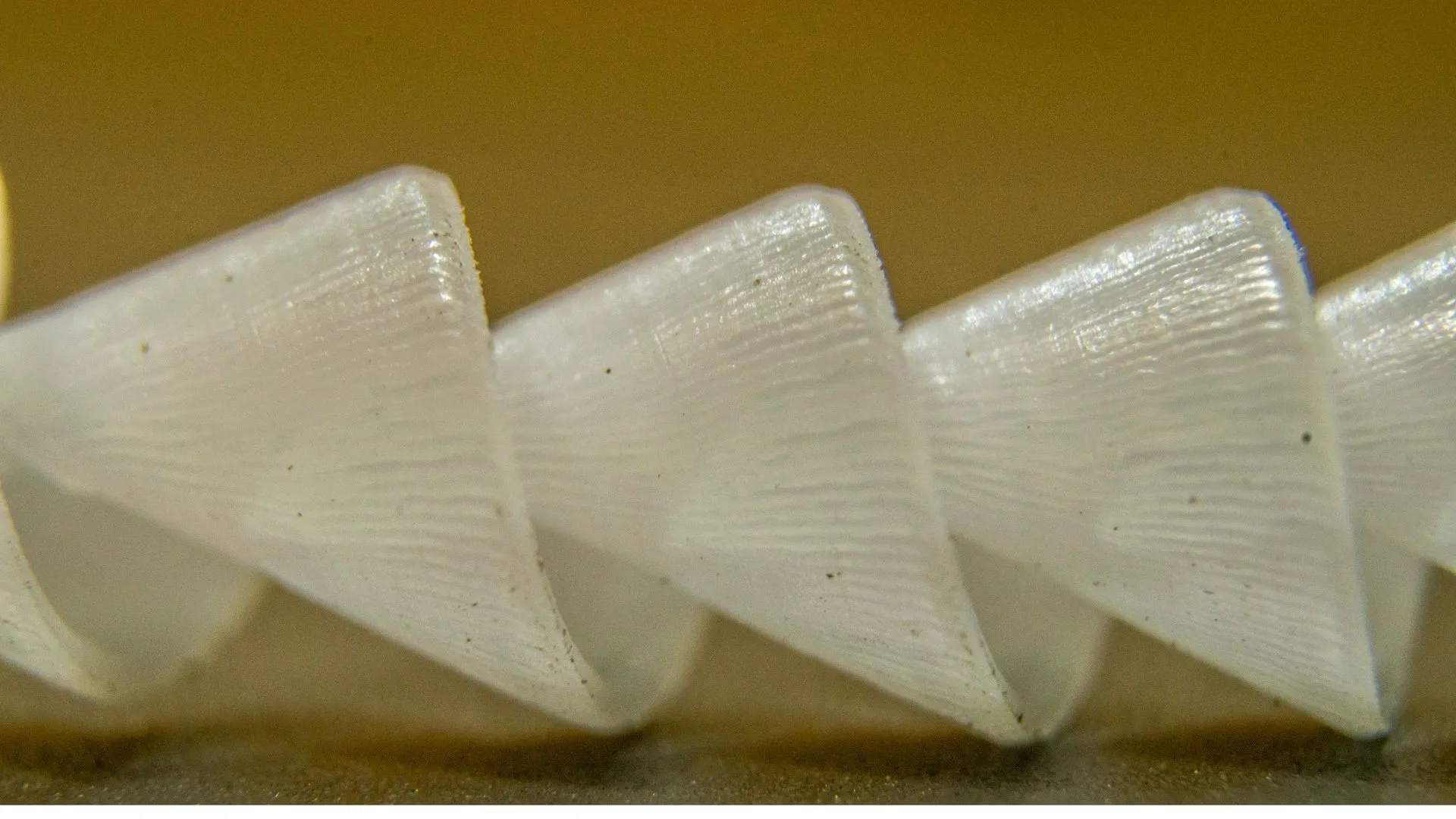Copyright hoodline

The Wisconsin Department of Natural Resources (DNR) has recently accentuated the indispensable role State Revolving Fund programs play in ensuring that water throughout the state remains clean and safe, as reported during the Natural Resources Board meeting. With options like the Clean Water Fund and Safe Drinking Water Loan programs, municipalities have access to financial aid for infrastructure projects that are paramount in securing public health and pristine water quality. Since 1991, these programs have been the bedrock for over 2,000 initiatives, providing more than a whopping $7.3 billion in fiscal support to communities across Wisconsin, the demand shows no signs of slowing as municipalities continue to grapple with the hefty costs of adhering to wastewater and drinking water regulations, DNR Bureau Director of Community Financial Assistance Jim Ritchie voiced, "With the lower interest rates the DNR can provide through these loans, it can really save a lot for the communities, which is a direct savings to the homeowners who are paying those bills," the DNR stated. State and federal collaborations strengthen the State Revolving Fund, integrating federal capitalization grants from the U.S. Environmental Protection Agency, state contributions, and recycled funds from previous loans, enabling the state to offer low-interest loans to local communities and in some cases, principal forgiveness. This pot of funds replenishes as loans are repaid, setting the stage for an ongoing cycle of investment in infrastructural progress. Sparked by the Bipartisan Infrastructure Law, there’s been a surge in applications for loan assistance and principal forgiveness which expanded the DNR's scope in funding more projects, and these trends are expected to persist until 2027 as foretold by the spike in demand "The 2025-27 Wisconsin state budget signed into law by Gov. Tony Evers also increases borrowing for the State Revolving Fund by $731.6 million to secure federal clean water and safe drinking water capitalization grants and meet the demand from local communities over the next four years,” the DNR announced. Among the initiatives under the Safe Drinking Water Loan Program is the ambitious project in South Milwaukee to eradicate the lead service lines, targeting over 2,700 public and private lines within the impending three years. The program takes a rigorous approach to water safety, tackling modern-day contaminants such as PFAS through undertakings like a well water treatment project in West Bend, Wisconsin. Expectations are high for the announcement of the 2026 Safe Drinking Water Loan Program funding roster. The DNR’s Clean Water Fund Program, similarly, aids municipalities with loans for wastewater infrastructure, exemplified by the Burnett Sanitary District's transition in Dodge County, which involved addressing an outdated and leaky lagoon system that was not meeting phosphorus limits, thus jeopardizing nearby drinking water with E. coli risks; this project found a sustainable resolution by connecting the district to the Beaver Dam wastewater treatment facility, a project also co-funded by USDA Rural Development.



